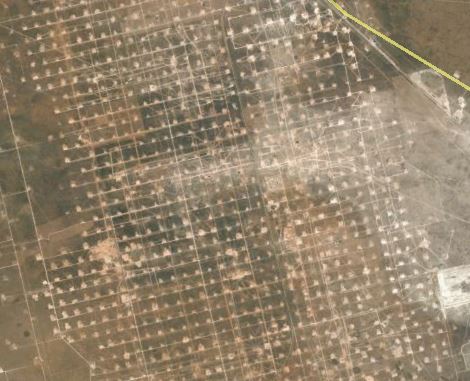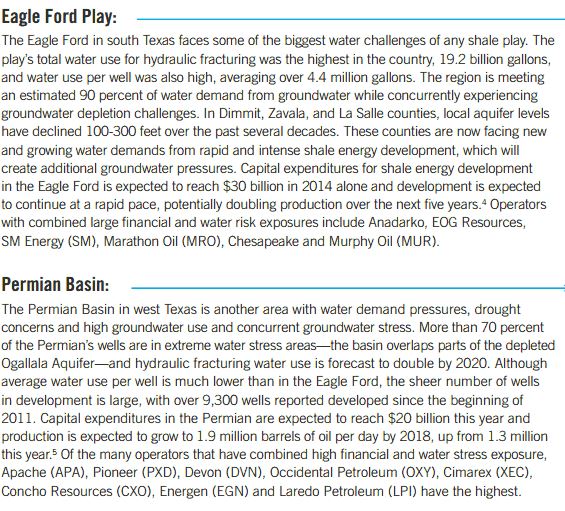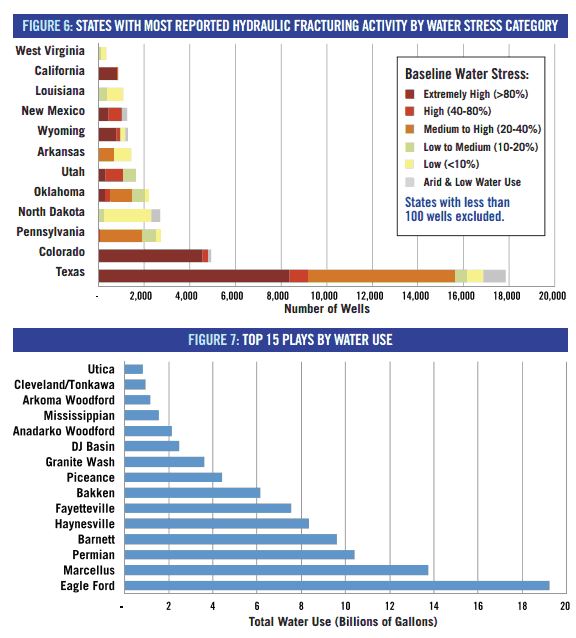I ran across this article from the Miami Herald: “Colorado’s new drilling rules seen as making an impact in Texas.” Colorado recently adopted tough air emissions rules applicable to the oil and gas exploration, production and transportation industries, intended to reduce emissions of methane. Those rules were adopted in collaboration with oil companies active in Colorado, and were supported by Anadarko, DCP Midstream, EnCana, and Noble Energy. According to the article, several companies have approached the Environmental Defense Fund expressing interest in getting Colorado’s rules adopted in Texas. Jim Marston, VP at EDF, said that “The companies are often ahead of the Texas state government” on environmental issues.
Texas regulators often tout Texas as the nation’s leader in oil and gas regulation. Recently, the Texas Railroad Commission, which regulates oil and gas in Texas, has been having to play catch-up. It only recently hired a seismologist to study seismic activity caused by wastewater injection and has not yet agreed that injection is a cause or earthquakes near injection wells. Last year, the RRC adopted tougher casing regulations in response to concerns about possible groundwater contamination from drilling and completion operations. The Texas Commission on Environmental Quality, the agency that regulates air emissions, has increased its monitoring of air emissions from oil and gas operations, particularly in the Barnett Shale, in response to complaints and concerns raised in and around Fort Worth.
Colorado’s new rules are an effort to significantly reduce methane emissions from oil and gas facilities by requiring better emissions controls, better detection and faster fixing of leaks. Methane is a powerful greenhouse gas, and capturing fugitive emissions of methane also saves money for the companies and their royalty owners. EDF recently commissioned a study by ICF International to quantify the cost and savings of reducing methane emissions. The study found that industry could cut methane emissions by 40 percent below projected 2018 levels at an average annual cost of less than one cent per mcf of produced natural gas by adopting available emissions-control technologies and better leak-detection practices. The practices would have the additional benefit of reducing emissions of volatile organic compounds and other hazardous air pollutants.
 Oil and Gas Lawyer Blog
Oil and Gas Lawyer Blog




